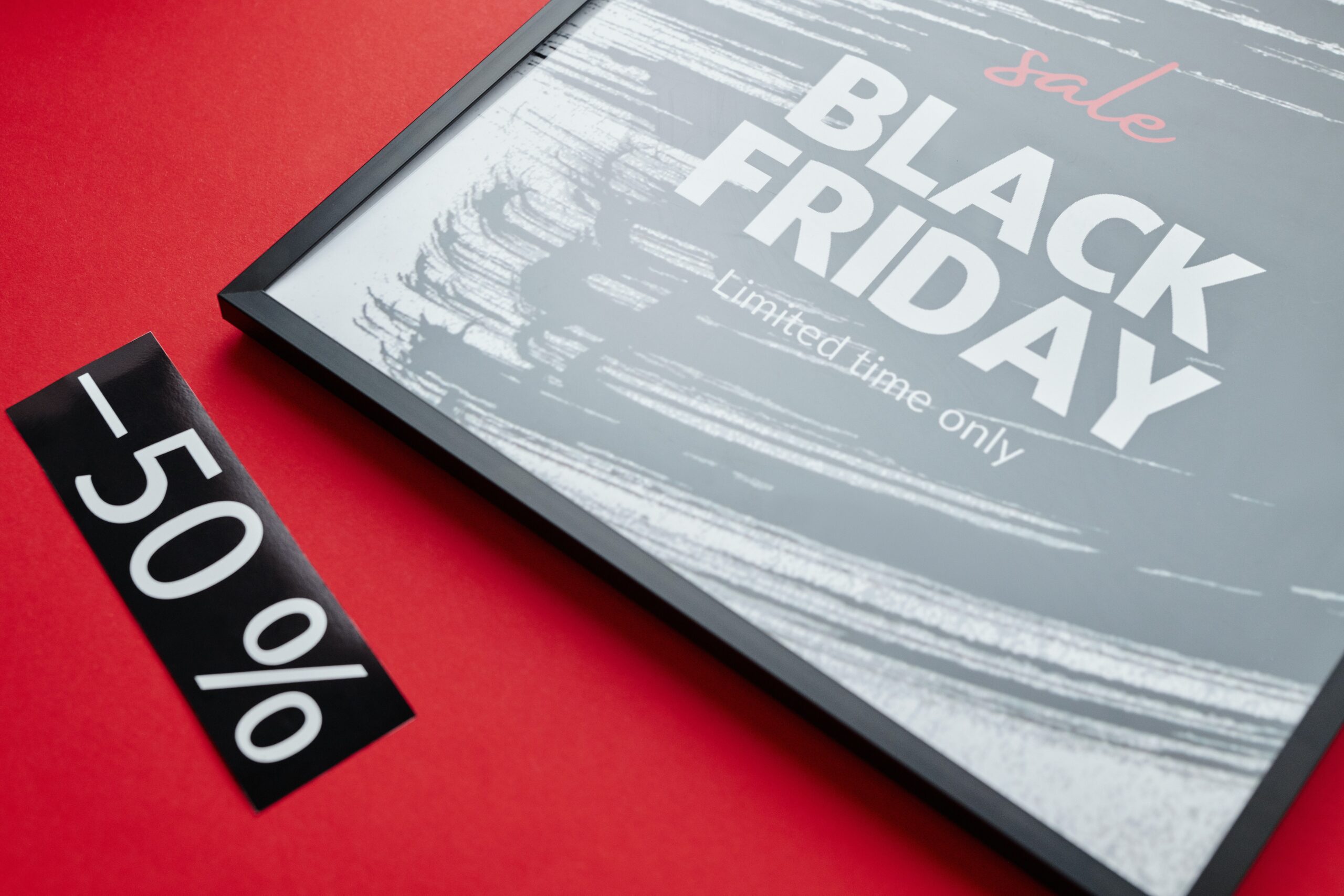Do I need this? This is a question that we ask ourselves everyday, especially when shopping for things that aren’t necessities. So why do we still find ourselves buying things that we don’t need? Introducing the scarcity principle, also known as fear of missing out, or FOMO. What is this psychological principle, and how can you use it to encourage sales on your eCommerce website? Your favorite Shopify Plus Partner Fyresite is here to explain.
What is the Scarcity Principle?
The scarcity principle is a psychological principle that states that people value things more when they think they are scarce. This means that if a customer thinks a product is low-stock or time-sensitive, they’re more likely to buy it.
How Does the Scarcity Principle Relate to ECommerce?
So, now you know what the scarcity principle is. But how does it apply to you as an eCommerce merchant?
Using this principle in eCommerce doesn’t only apply to the direct scarcity of the product. The scarcity principle can be a limited product, limited sale, limited incentive, or anything about the product that makes it time-sensitive.
This tactic can be especially useful when trying to increase sales for a certain product, or to drive the feeling of exclusivity for a product launch.

How to Get Sales with the Scarcity Principle
There are a few different ways to utilize the scarcity principle to drive conversions. High demand drives sales. That’s a fact. But how can you generate high demand using the scarcity principle?
Flash Sale
Flash sales are sales that run for a limited period of time. Perhaps the most famous example of this in eCommerce is Cyber Monday. Flash sales are not for product scarcity, but for price/sale scarcity.
Are you a Shopify merchant? To learn more about how to run a flash sale in Shopify, read our blog here.
Quantity Counter
Hurry – only 7 left and it’s in 5 people’s carts! Have you ever seen a message like this? Using a quantity counter uses the scarcity principle very clearly – by telling your customers exactly how many items are left of the product.
Limited Collections
Limited collections are when you release a collection for a short period of time. This can be done for holiday releases, or for collabs. This puts a time limit on the availability and encourages your customers to buy it or lose it.
Limited Time Offer
In the same vein as flash sales, there’s also limited time offers. These do not have to be product specific – offers such as 10% off complete purchase or free shipping over $50 with an end date count too.
One good way to use a limited time offer is for birthday offerings. For example, 10% off one purchase the week of your birthday.
Countdown
Utilizing a countdown puts a time on the product. This can be helpful when using the limited time offer or limited collections strategy. It’s one thing to tell people that it ends at this date or this date and time, it’s another to have a timer that tells your customers exactly how long they have to get the product.
FOMO
To some extent, all of these techniques involve FOMO. People don’t want to miss out. By making an urgent call to action or putting limitations on a product/sale, you’re encouraging people that have a hard time making a decision to take the chance or lose it.
60% of people make purchases because of FOMO, most within 24 hours.
Scarcely
While this isn’t a specific sales strategy, it’s important to note that you should be using the scarcity principle scarcely. Doing it too frequently can take away urgency or make your customers lose interest in your company.

Let’s Connect
Want to make the website or app of your dreams come true? Contact Fyresite today. Hurry though – our schedule fills up fast.